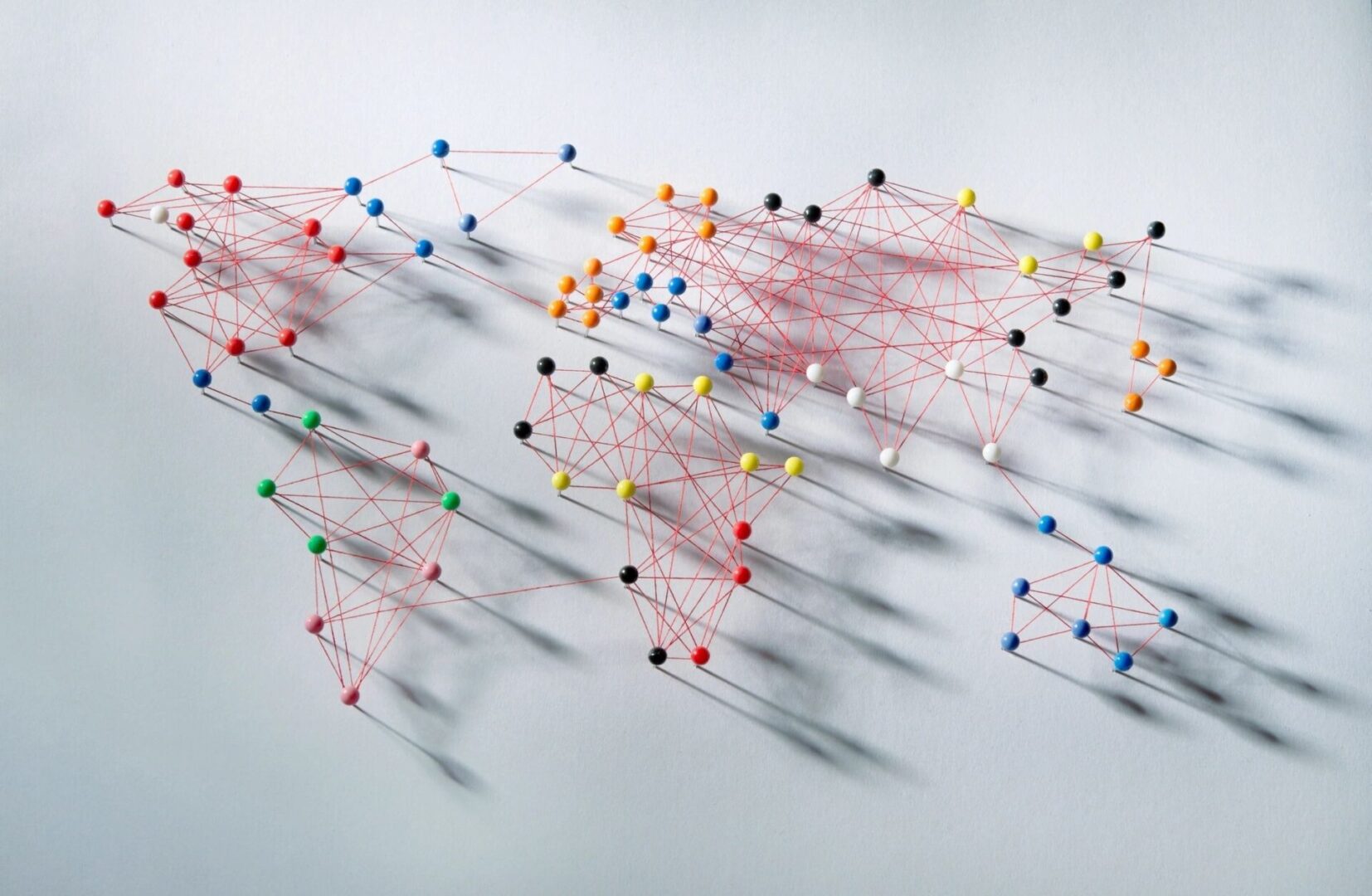Changing The Essence of the Dollar

There is a saying that there's nothing new under the sun. That's not completely true when it comes to today's markets. Let's say that you live on an island and trade coconuts. They are denominated in turtles. The value of one coconut equals four turtles. It would be pretty easy to identify and then be able to predict patterns in the price of coconuts.
But then let's say everything changes when it comes to turtles. First, assume typhoon hits and wipes out 70% of the turtle population. Then your island is invaded by corporations launching turtle farms, which breed turtles. I mean it's crazy, they just keep churning out turtles.
Chances are, the price of a coconut denominated in turtles will fluctuate pretty wildly, while the supply and demand for coconuts remains static. Unfortunately, the same dynamic is occurring today when it comes to commodities or market indices priced as denominated in US dollars. They're playing around with the actual entity of money more than any other time in history.
Be it the S&P 500, gold, or the euro, much of what you are seeing in terms of volatility and market movements is simply repricing those instruments as the US dollar changes in response to inflation, fed, and geopolitical turmoil.
These markets moves may appear divorced from traditional intermarket relationships with the US dollar, or other fundamental moorings such as earnings. This is playing havoc with rick management. Many market firms are correctly positioning themselves, only to be knocked out of a position due to the market moving “out of character” with an established pattern or relationship. Underlying these inefficiencies is the changing nature of the US dollar.
by D'mitri Richardson, CMT
